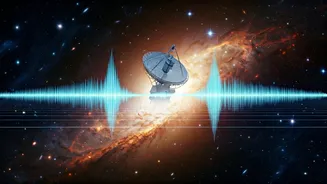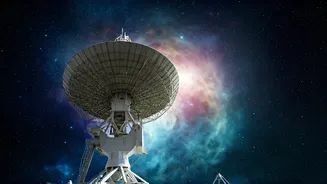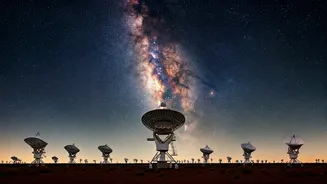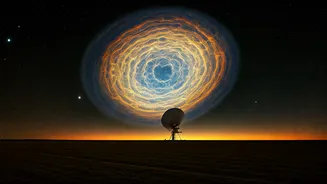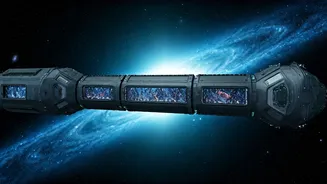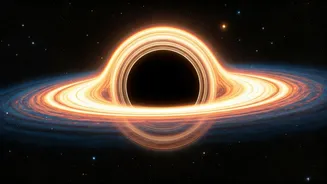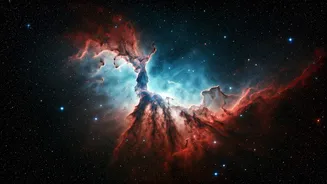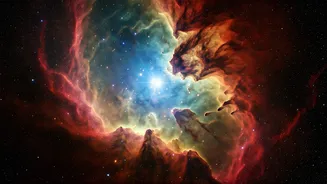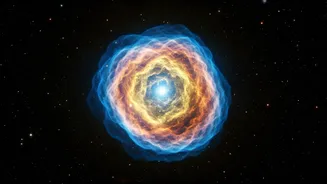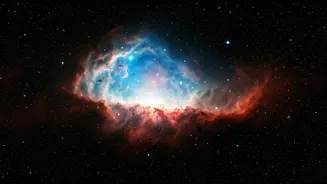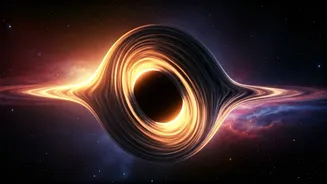Mapping Cosmic Dawn
The MWA, an innovative radio telescope, plays a pivotal role in this endeavor. Located in Western Australia, the MWA specializes in detecting radio waves
from the early universe. This radio telescope is particularly well-suited for its task because it observes in the low-frequency radio spectrum. To create the map, scientists meticulously collected and processed data over many years. The MWA project has been a collaborative effort, involving numerous researchers and institutions dedicated to unraveling the secrets of the early universe. Their work has produced a radio map of unprecedented detail, offering insights into cosmic events occurring billions of years ago. The goal is to see the 'Cosmic Dawn,' the period when the first stars and galaxies ignited the universe.
MWA: A Technical Marvel
The MWA's unique design is key to its success. It consists of thousands of individual antennas spread across a vast area, allowing it to capture a wide range of radio frequencies. By combining the data from these antennas, scientists can construct a detailed image of the sky. The telescope is located in a remote area, which greatly minimizes radio interference from human sources. This ideal location has been critical to achieving the sensitivity needed to detect faint signals from the early universe. The construction and operation of the MWA are a testament to the power of international collaboration. Scientists and engineers from around the world have worked together to create and refine the telescope.
Unveiling Early Universe
This detailed radio map provides scientists with a unique opportunity to study the epoch of reionization. This era, which occurred hundreds of millions of years after the Big Bang, witnessed the universe undergoing a transformation from a neutral state to an ionized one. By analyzing the radio waves collected by the MWA, researchers can gain insights into the processes that led to the formation of the first stars and galaxies. The map reveals how these early structures shaped the universe we see today. The research offers a better understanding of how the universe evolved. The new data will provide important information about the properties of dark matter and dark energy, which make up most of the universe. The potential of the MWA data extends beyond the realm of cosmology.
Future Discoveries Await
The creation of this radio map marks a significant milestone in our quest to understand the universe's origins. However, the work is far from over. Scientists are now analyzing the data in greater depth, hoping to uncover even more secrets about the early universe. The new findings are expected to contribute to further studies. Researchers anticipate that future observations with the MWA and other radio telescopes will continue to refine our understanding of cosmic events. The detailed map acts as a foundation for future exploration, and the possibility of further discoveries is immense. Further research may reveal information that has eluded scientists until now, providing them with exciting opportunities.
